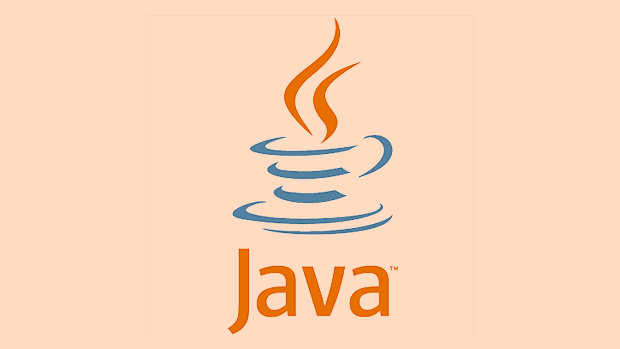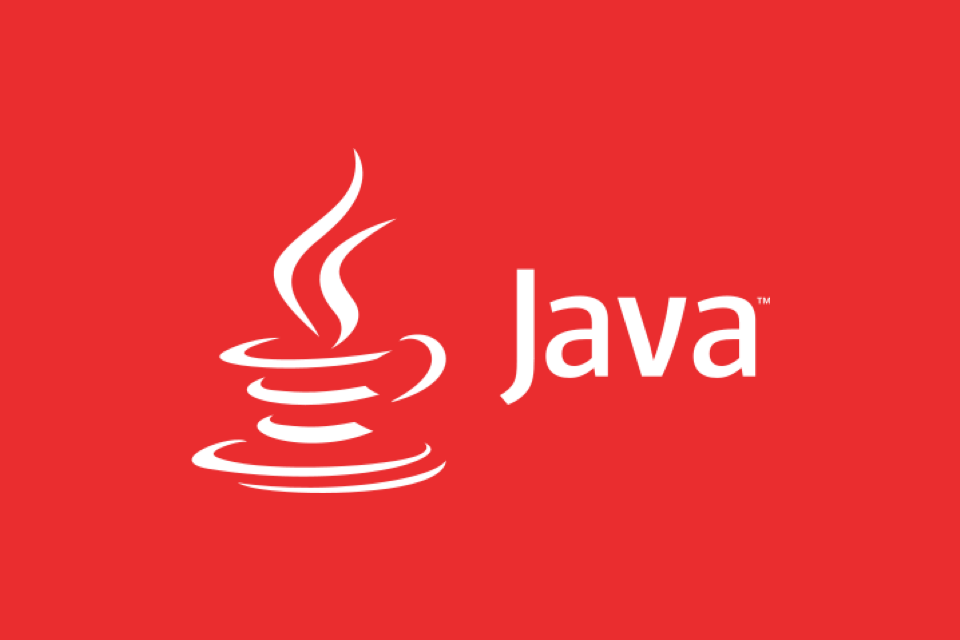了解Java Class Loaders和Reflection API
ClassLoader加載類,Reflection操作類;1. ClassLoader按委託模型加載類(Bootstrap→Platform→Application);2. Reflection通過Class、Field、Method等API反射訪問私有成員;3. 兩者結合實現動態加載與調用,常見於框架與插件系統;需注意性能、安全與內存洩漏問題,合理使用可提升程序靈活性,總結完畢。

Java's ClassLoader and Reflection API are powerful mechanisms that allow dynamic loading and inspection of classes at runtime. While they're often used behind the scenes by frameworks (like Spring or Hibernate), understanding how they work gives developers deeper insight into Java's inner workings and enables advanced programming techniques.

Let's break them down one by one, and then see how they often work together.
? What is a ClassLoader?
In Java, classes aren't loaded all at once when the program starts. Instead, they're loaded dynamically as needed. This is the job of the ClassLoader .

The ClassLoader is a class in java.lang responsible for loading classes into the JVM from various sources—like the file system, network, or even generated bytecode in memory.
? Types of ClassLoaders
There are three built-in class loaders in Java:

-
Bootstrap ClassLoader
- Loads core Java classes (eg,
java.lang.*,java.util.*) fromrt.jaror equivalent. - Implemented in native code (C/C ), not Java.
- Parent of all other class loaders.
- Loads core Java classes (eg,
-
Extension (Platform) ClassLoader
- Loads classes from the extension directories (eg,
jre/lib/extor specified viajava.ext.dirs). - Child of the Bootstrap ClassLoader.
- In newer JDKs, this has been largely replaced by the Platform ClassLoader.
- Loads classes from the extension directories (eg,
-
Application (System) ClassLoader
- Loads classes from the application's classpath (
CLASSPATH,-cp, or--class-path). - The default loader for user-defined classes.
- Child of the Extension/Platform ClassLoader.
- Loads classes from the application's classpath (
You can also create custom class loaders by extending java.lang.ClassLoader , useful for:
- Loading classes from remote servers
- Implementing hot-swapping
- Sandboxing (eg, applets, plugins)
? Delegation Model
When a class is requested, the ClassLoader follows a delegation hierarchy :
- Delegates to parent first (Bootstrap → Platform → Application)
- Only if the parent can't load it, tries to load it itself
This ensures core classes can't be overridden by malicious code.
// Example: Getting the class loader of a class Class<?> clazz = String.class; System.out.println(clazz.getClassLoader()); // null (Bootstrap) clazz = MyClass.class; System.out.println(clazz.getClassLoader()); // AppClassLoader instance
? What is the Reflection API?
The Reflection API ( java.lang.reflect ) allows a running Java program to inspect and manipulate classes, methods, fields, and constructors at runtime—even if they're private.
It's like giving your program the ability to "look at itself" and change behavior dynamically.
Key Classes in Reflection
-
Class<T>– Represents a class or interface. -
Field– Represents a field (variable). -
Method– Represents a method. -
Constructor<T>– Represents a constructor.
Common Use Cases
- Frameworks (Spring DI, JPA, Jackson): auto-wiring, serialization
- Debugging and testing tools
- Dynamic proxies
- Plugin systems
Example: Using Reflection to Access a Private Field
import java.lang.reflect.Field;
class Person {
private String name = "Alice";
}
public class ReflectionDemo {
public static void main(String[] args) throws Exception {
Person p = new Person();
Field field = Person.class.getDeclaredField("name");
field.setAccessible(true); // Bypass private
System.out.println(field.get(p)); // Output: Alice
}
}⚠️ Note : Reflection bypasses access control, so use carefully—especially in security-sensitive environments.
? How ClassLoaders and Reflection Work Together
Reflection needs a Class object to inspect or instantiate something. But where does that Class come from?
Often, the class is loaded via a ClassLoader , and then reflection is used to work with it.
Example: Load and Instantiate a Class Dynamically
public class DynamicLoader {
public static void main(String[] args) {
try {
// Use the system class loader
ClassLoader loader = ClassLoader.getSystemClassLoader();
// Load class by name
Class<?> clazz = loader.loadClass("com.example.MyService");
// Create an instance
Object instance = clazz.getDeclaredConstructor().newInstance();
// Call a method via reflection
Method method = clazz.getMethod("doSomething");
method.invoke(instance);
} catch (Exception e) {
e.printStackTrace();
}
}
}This pattern is common in:
- Servlet containers (loading web apps)
- OSGi modules
- Plugin architectures
⚠️ Pitfalls and Best Practices
| Concern | Advice |
|---|---|
| Performance | Reflection is slower than direct calls. Cache Method , Field objects if reused. |
| Security | Can break encapsulation. Use SecurityManager (deprecated in newer JDKs) or module system. |
| Class Loading Conflicts | Avoid duplicate class loading (eg, same class in two loaders → ClassCastException ). |
| Memory Leaks | Custom class loaders can cause leaks if not garbage-collected (eg, in app servers). |
| Compatibility | Reflection may break with module system ( --illegal-access ) in JDK 16 . |
✅ Summary
- ClassLoader loads classes into the JVM, following a hierarchical delegation model.
- Reflection lets you inspect and manipulate classes, methods, and fields at runtime.
- Together, they power frameworks, plugins, and dynamic behavior in Java.
- Use both carefully—especially in production—due to performance and security implications.
Understanding these tools helps you write more flexible code—and debug complex issues when frameworks don't behave as expected.
Basically, they're the backbone of Java's runtime dynamism.
以上是了解Java Class Loaders和Reflection API的詳細內容。更多資訊請關注PHP中文網其他相關文章!

熱AI工具

Undress AI Tool
免費脫衣圖片

Undresser.AI Undress
人工智慧驅動的應用程序,用於創建逼真的裸體照片

AI Clothes Remover
用於從照片中去除衣服的線上人工智慧工具。

Clothoff.io
AI脫衣器

Video Face Swap
使用我們完全免費的人工智慧換臉工具,輕鬆在任何影片中換臉!

熱門文章

熱工具

記事本++7.3.1
好用且免費的程式碼編輯器

SublimeText3漢化版
中文版,非常好用

禪工作室 13.0.1
強大的PHP整合開發環境

Dreamweaver CS6
視覺化網頁開發工具

SublimeText3 Mac版
神級程式碼編輯軟體(SublimeText3)
 如何使用JDBC處理Java的交易?
Aug 02, 2025 pm 12:29 PM
如何使用JDBC處理Java的交易?
Aug 02, 2025 pm 12:29 PM
要正確處理JDBC事務,必須先關閉自動提交模式,再執行多個操作,最後根據結果提交或回滾;1.調用conn.setAutoCommit(false)以開始事務;2.執行多個SQL操作,如INSERT和UPDATE;3.若所有操作成功則調用conn.commit(),若發生異常則調用conn.rollback()確保數據一致性;同時應使用try-with-resources管理資源,妥善處理異常並關閉連接,避免連接洩漏;此外建議使用連接池、設置保存點實現部分回滾,並保持事務盡可能短以提升性能。
 如何使用Java的日曆?
Aug 02, 2025 am 02:38 AM
如何使用Java的日曆?
Aug 02, 2025 am 02:38 AM
使用java.time包中的類替代舊的Date和Calendar類;2.通過LocalDate、LocalDateTime和LocalTime獲取當前日期時間;3.使用of()方法創建特定日期時間;4.利用plus/minus方法不可變地增減時間;5.使用ZonedDateTime和ZoneId處理時區;6.通過DateTimeFormatter格式化和解析日期字符串;7.必要時通過Instant與舊日期類型兼容;現代Java中日期處理應優先使用java.timeAPI,它提供了清晰、不可變且線
 比較Java框架:Spring Boot vs Quarkus vs Micronaut
Aug 04, 2025 pm 12:48 PM
比較Java框架:Spring Boot vs Quarkus vs Micronaut
Aug 04, 2025 pm 12:48 PM
前形式攝取,quarkusandmicronautleaddueTocile timeProcessingandGraalvSupport,withquarkusoftenpernperforminglightbetterine nosserless notelless centarios.2。
 用雅加達EE在Java建立靜止的API
Jul 30, 2025 am 03:05 AM
用雅加達EE在Java建立靜止的API
Jul 30, 2025 am 03:05 AM
SetupaMaven/GradleprojectwithJAX-RSdependencieslikeJersey;2.CreateaRESTresourceusingannotationssuchas@Pathand@GET;3.ConfiguretheapplicationviaApplicationsubclassorweb.xml;4.AddJacksonforJSONbindingbyincludingjersey-media-json-jackson;5.DeploytoaJakar
 在Java的掌握依賴注入春季和Guice
Aug 01, 2025 am 05:53 AM
在Java的掌握依賴注入春季和Guice
Aug 01, 2025 am 05:53 AM
依賴性(di)IsadesignpatternwhereObjectsReceivedenciesenciesExtern上,推廣looseSecouplingAndEaseerTestingThroughConstructor,setter,orfieldInjection.2.springfraMefringframeWorkSannotationsLikeLikeLike@component@component,@component,@service,@autowiredwithjava-service和@autowiredwithjava-ligatiredwithjava-lase-lightike
 Java性能優化和分析技術
Jul 31, 2025 am 03:58 AM
Java性能優化和分析技術
Jul 31, 2025 am 03:58 AM
使用性能分析工具定位瓶頸,開發測試階段用VisualVM或JProfiler,生產環境優先Async-Profiler;2.減少對象創建,復用對象、用StringBuilder替代字符串拼接、選擇合適GC策略;3.優化集合使用,根據場景選型並預設初始容量;4.優化並發,使用並發集合、減少鎖粒度、合理設置線程池;5.調優JVM參數,設置合理堆大小和低延遲垃圾回收器並啟用GC日誌;6.代碼層面避免反射、用基本類型替代包裝類、延遲初始化、使用final和static;7.持續性能測試與監控,結合JMH
 Java項目管理Maven的開發人員指南
Jul 30, 2025 am 02:41 AM
Java項目管理Maven的開發人員指南
Jul 30, 2025 am 02:41 AM
Maven是Java項目管理和構建的標準工具,答案在於它通過pom.xml實現項目結構標準化、依賴管理、構建生命週期自動化和插件擴展;1.使用pom.xml定義groupId、artifactId、version和dependencies;2.掌握核心命令如mvnclean、compile、test、package、install和deploy;3.利用dependencyManagement和exclusions管理依賴版本與衝突;4.通過多模塊項目結構組織大型應用並由父POM統一管理;5.配
 了解Java虛擬機(JVM)內部
Aug 01, 2025 am 06:31 AM
了解Java虛擬機(JVM)內部
Aug 01, 2025 am 06:31 AM
TheJVMenablesJava’s"writeonce,runanywhere"capabilitybyexecutingbytecodethroughfourmaincomponents:1.TheClassLoaderSubsystemloads,links,andinitializes.classfilesusingbootstrap,extension,andapplicationclassloaders,ensuringsecureandlazyclassloa







